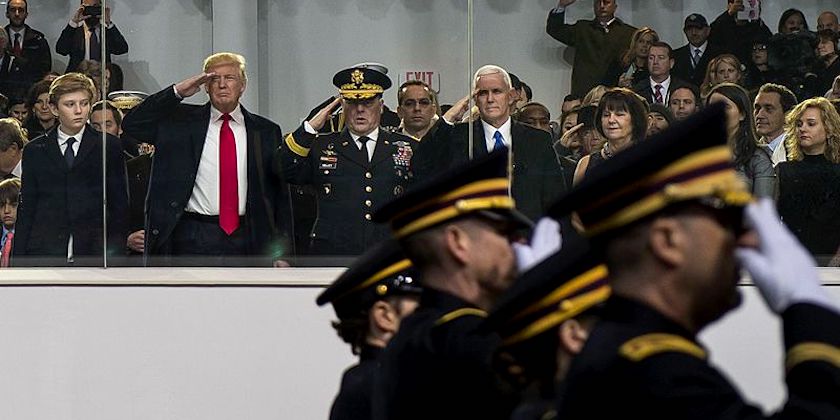Trump authorizes DoD to bring reservists and some former troops on active duty for COVID-19 response
Whoa boy.

President Donald Trump signed an order Friday allowing the U.S. military to bring members of the selected reserve and some former service members on active duty to support the government's response to the novel coronavirus (COVID-19) outbreak.
The Army, Navy, Air Force, and Coast Guard can now order units and individual members of the Ready Reserve back on active duty for up to two years, according to the executive order. The order said a recall, if issued, could not result in having more than 1,000,000 members on active duty at any one time.
The order seems to apply mainly to members of the selected reserve, primarily comprised of service members who serve in a part-time capacity one weekend per month and two weeks per year.
Still, it also applies to those in the individual ready reserve, made up mainly of service members who served on active-duty and were discharged but still have a contractual obligation that subjects them to involuntary recall during a national emergency.
“I am authorizing the Secretary of Defense and the Secretary of Homeland Security, with respect to the Coast Guard, to order units and individual members of the Selected Reserve, and certain Individual Ready Reserve members, to active duty to augment the active forces for the effective conduct of coronavirus disease response,” Trump wrote in a letter to House Speaker Nancy Pelosi (D-Calif.) notifying her of the order.
“This authority is necessary to ensure the Department of Defense and the Department of Homeland Security can properly conduct operations required to meet our evolving security challenges and to support the United States Government response to COVID-19.”
When asked whether the Pentagon was considering recalling members of the IRR to active duty, a spokesperson said the executive order authorized the action, but “it is not an order to do so.”
In a statement released by the Pentagon following President Trump's executive order, Jonathan Hoffman, a Pentagon spokesman explained that “decisions about which individuals may be activated are still being reviewed.”
“Generally, these members will be persons in Headquarters units and persons with high demand medical capabilities whose call-up would not adversely affect their civilian communities,” Hoffman continued. “With respect to any potential utilization of National Guard Reserve Component units under this EO, the Secretary of Defense and the Department of Health and Human Services will consult with state officials before acting. As this is a dynamic situation, we do not currently have a projected number of expected activations, but the Department is now fully authorized to make activations as needed. We will provide updates as they become available.”
Editor's note: This article was updated after publication with a statement from the Pentagon detailing the potential activation of service members in the IRR.
RELATED: COVID-19 situation report: The latest coronavirus updates from the US military
